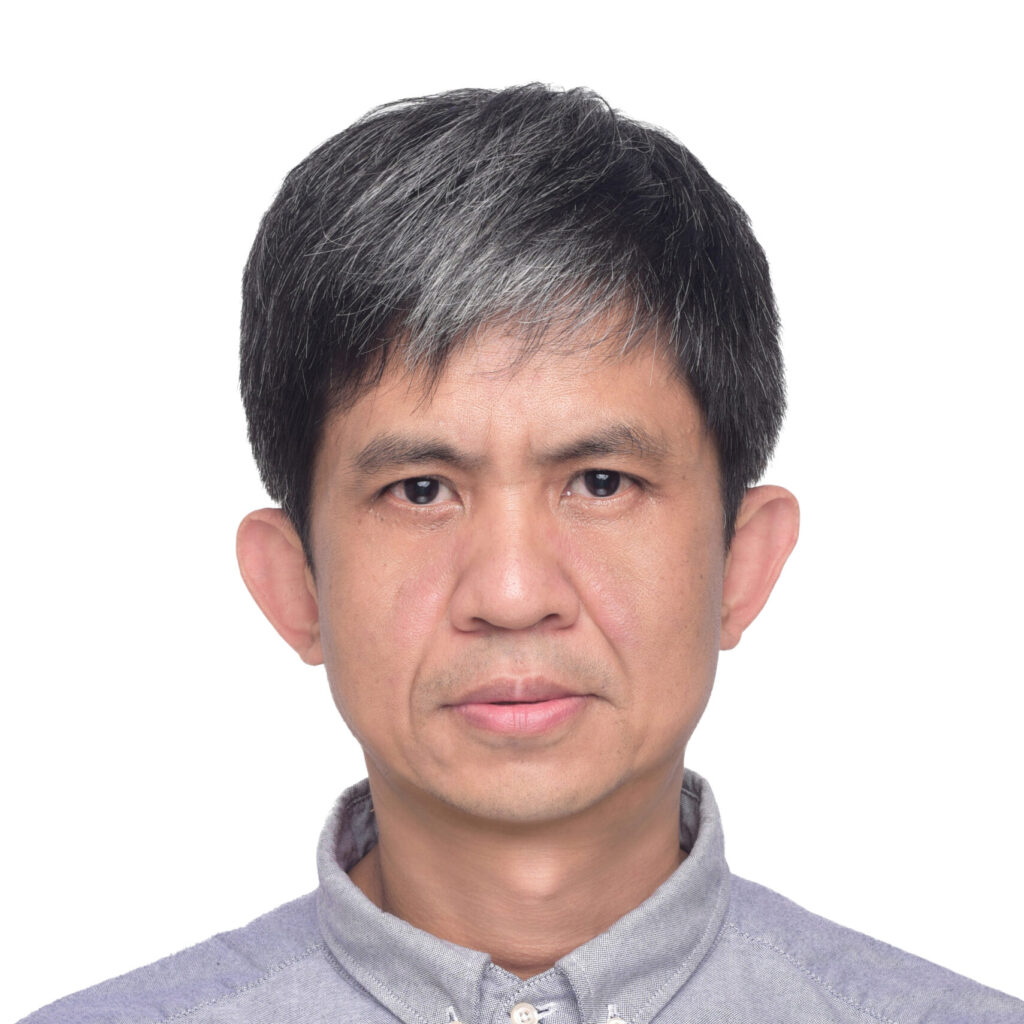Talia S. da Silva presented a paper on physical modelling of geosynthetic reinforced soils spanning voids, and won the student award competition at EuroGeo 6. This paper presented an experimental study to investigate the effects of geosynthetics for mitigation of sinkholes and voids under civil infrastructure. When the geosynthetic deflects into the void, the load is transferred across the void by two mechanisms: active arching in the soils and reduction of load acting on the geosynthetic due to bending, and mobilization of a portion of the geosynthetic strength due to stretching. Centrifuging modelling tests were conducted to investigate the arching and deformation response within the granular soil when the void forms underneath for both reinforced and unreinforced cases with soil overburden height (H) to void width (B) ratio, H/B, of 1 (low overburden) and 3 (high overburden). The deformations were measured using the Particle Image Velocimetry (PIV) analysis. Results indicated that a wider parabolic soil arch occurred for the reinforced case, while a triangular zone for the unreinforced case. The shape of the deflected geosynthetic shows that the load carried by the geosynthetic when spanning a void is independent of the soil overburden height. The pressure is not uniformly distributed and is greater close to the supports than the center, which indicates that a uniform pressure distribution assumed in the current design method may results in a higher required tensile strength of the geosynthetics.
To read the full paper, click here.
Reported by Yewei Zheng, IGS Young Members Chair for the North American Region.






















